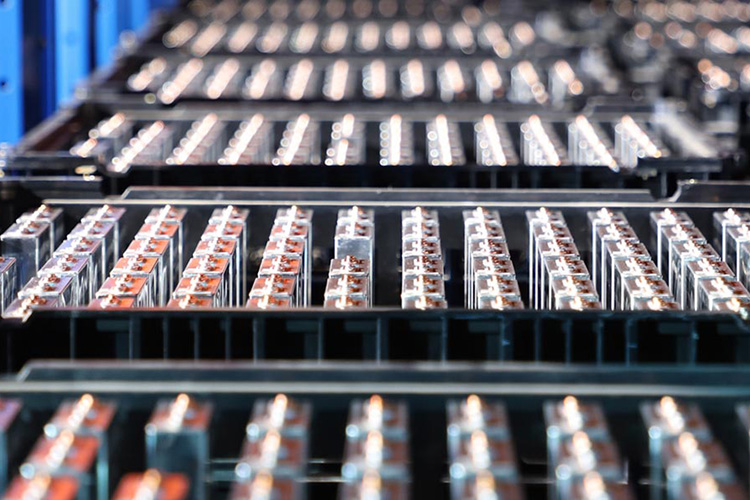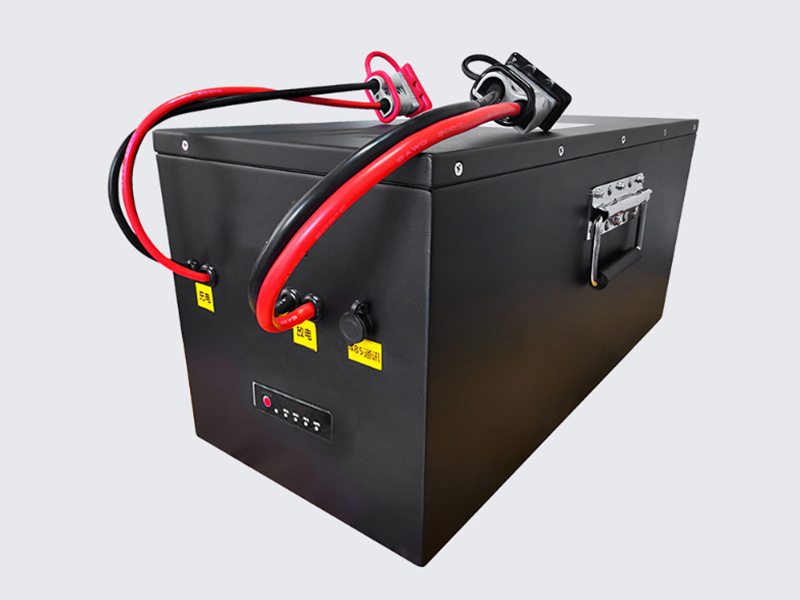-
Home
- About Liduo
- Product Center
- RV lithium battery
- Forklift lithium battery
- Wall mounted lithium battery
- Golf cart lithium battery
- Server rack battery
- lithium iron phosphate battery
- Solution
-
Portable battery
-
Power battery
-
Energy storage battery
-
Server battery
-
Special batteries
-
Household energy storage
- OEM Services
- R&D
- News

 Information center
Information centerThe principle and application of lithium battery elevating pressure technology
2025-03-21With the wide application of portable electronic devices, lithium batteries have become one of the most popular battery types because of their advantages such as high energy density, no memory effect and long cycle life. However, in order to meet the working voltage requirements of different devices, the boost and technology of lithium batteries is particularly important. This article will explore the principles of boosting and lowering the voltage of lithium batteries, as well as the methods to achieve these conversions.

Lithium battery boost principle
Boost Converter
A boost converter is a DC-DC converter that boosts a lower input voltage to a higher output voltage through the energy storage of an inductor. The basic working principle is as follows:
Charging stage: When the switching element is closed, the current flows through the inductor, and the inductor stores energy;
Discharge stage: The switching element is disconnected, due to the self-induction of the inductor, the current continues to flow, at this time the diode allows the current to flow to the output capacitor and the load, the output voltage is higher than the input voltage.
Pressure boost method
Switching frequency optimization: By adjusting the switching frequency, the boost ratio can be improved without affecting the efficiency.
Inductance value selection: Appropriate inductance value can reduce ripple current and improve the stability of the system.
Output filtering: The ripple of the output voltage can be reduced by using an appropriate output filtering capacitor.
Pressure reduction principle of lithium battery
Converter
converter is also a kind of DC-DC converter, its role is to reduce the higher input voltage to the lower output voltage. It works as follows:
Charging stage: When the switching element is closed, the current flows through the inductor, and the inductor stores energy;
Discharge stage: The switching element is disconnected, the current in the inductor continues to flow through the diode, maintaining the load current, and the output voltage is lower than the input voltage.
Step-down method
Duty cycle control: Adjust the output voltage by changing the ratio of the on-time of the switching element to the cycle time, that is, the duty cycle.
Synchronous rectification: The use of synchronous rectification technology instead of traditional diodes can improve efficiency.
Soft start: The use of soft start technology can avoid the current impact when starting, protect the circuit.
Application scenario
Lithium battery lift technology is widely used in a variety of portable devices, such as smart phones, tablets, lap and so on. These devices usually need to switch voltages in different operating states to adapt to different processor speeds, screen brightness, and so on.
ConclusionLithium battery boost and technology is a key link in the design of modern electronic products. Through reasonable circuit design and component selection, the voltage conversion can be realized effectively, and the stability and efficiency of the system can be guaranteed. With the continuous enhancement of the functions of electronic products and the improvement of the requirements for power management, lithium battery lift technology will continue to develop to adapt to more complex and changeable application needs.
-
About Us
Company Profile History Organizational Honor -
Product Center
Forklift lithium battery Rv lithium battery Wall-mounted lithium battery Golf cart lithium battery -
Solution
Energy storage battery Power battery Server battery -
Know us
News center Contact us -
Contact us
0769-89333805 No. 78, Puxing East Road, Qingxi Town, Dongguan City mg@redwaycn.com
Copyright 2025 Dongguan Liduowei new energy Co., LTDTechnical support:Emore - About Liduo

